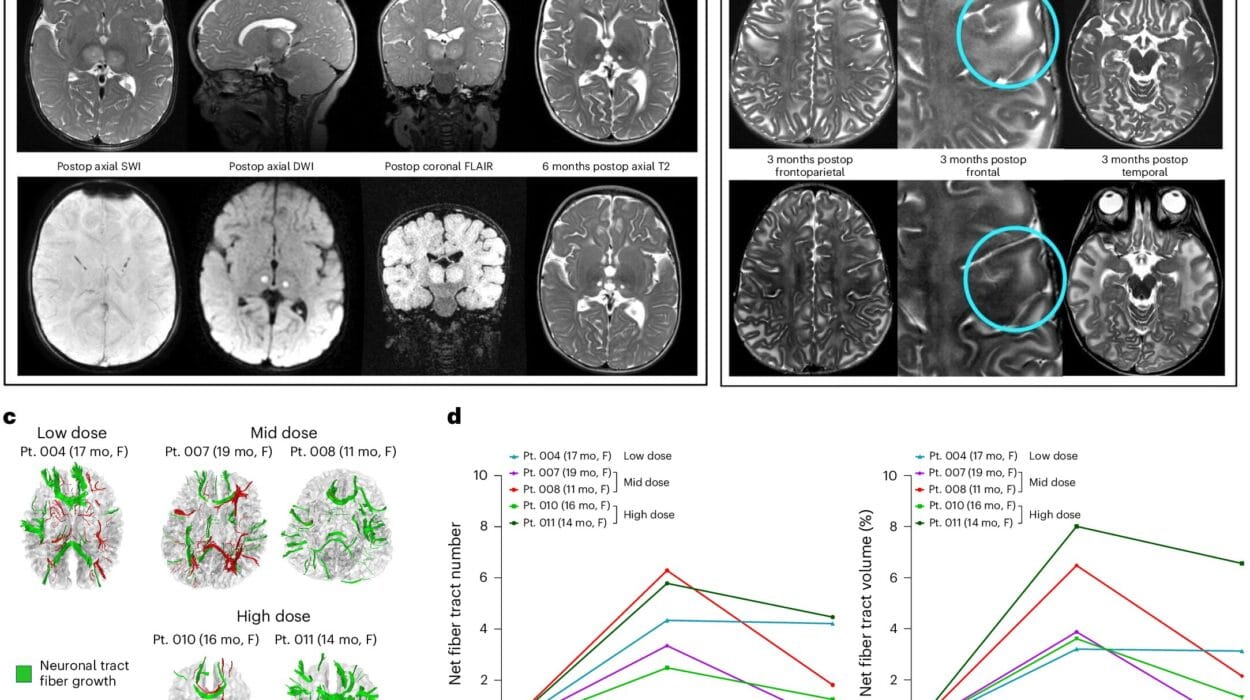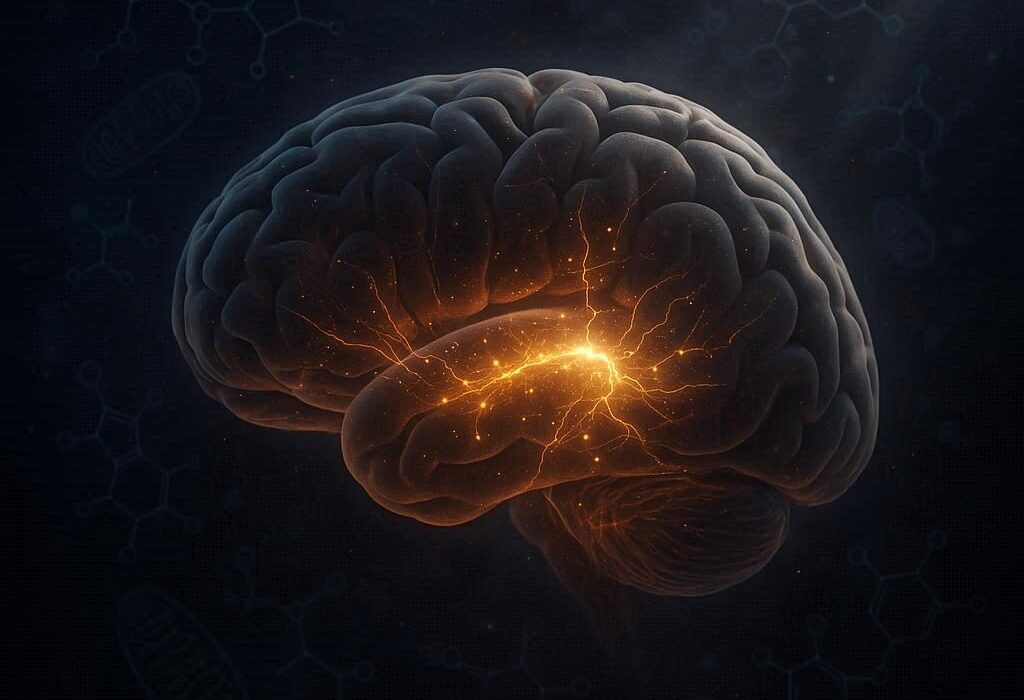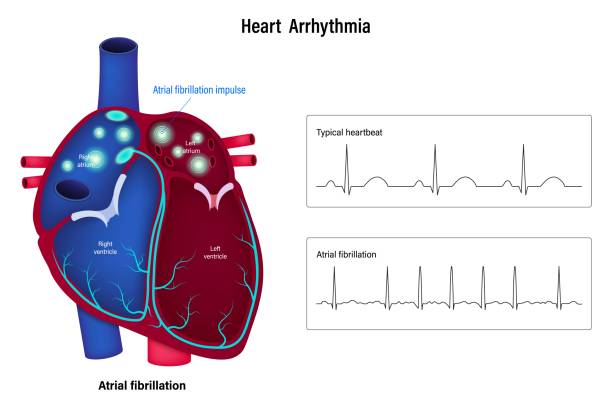In a quiet lab in Stockholm, scientists may have just rewritten the playbook for treating type 2 diabetes and obesity. Imagine a pill—not an injection—that lowers blood sugar, burns fat, and preserves muscle, all without triggering the appetite suppression and side effects of today’s most talked-about treatments. That vision is one step closer to reality, thanks to a new study published in the journal Cell by researchers from Karolinska Institutet and Stockholm University.
The excitement centers around a new drug compound that works in a fundamentally different way than GLP-1-based medications like Ozempic and Wegovy. These injectable drugs, wildly popular for their weight-loss effects, rely on mimicking gut hormones that signal the brain to reduce hunger. While effective, they often come with significant downsides: nausea, vomiting, gastrointestinal discomfort, and a troubling reduction in muscle mass.
This new compound, however, skips the brain entirely and goes straight to the source of metabolism—skeletal muscle.
A Different Target: Muscle, Not Mind
“Our results point to a future where we can improve metabolic health without losing muscle mass,” said Professor Tore Bengtsson of Stockholm University’s Wenner-Gren Institute, one of the study’s senior researchers. “Muscles are important in both type 2 diabetes and obesity, and muscle mass is also directly correlated with life expectancy.”
The new drug activates a mechanism in skeletal muscle that boosts energy use and fat metabolism without overstimulating the heart—an issue that has plagued older drugs in the same class. This compound is a refined version of a β2 agonist, a type of molecule known to interact with specific receptors involved in muscle metabolism.
In animal models, this activation led to improved blood sugar control, increased fat burning, and healthier body composition—without reducing appetite or causing muscle loss. These results, so far, set the drug apart from its more famous competitors.
Encouraging Early Human Trials
Of course, what works in mice doesn’t always work in humans. But the early data is promising.
In a Phase I clinical trial, 48 healthy volunteers and 25 people with type 2 diabetes received the drug. According to the researchers, participants tolerated it well. There were no signs of the gastrointestinal distress or dangerous cardiac effects that have often derailed similar treatments in the past.
This may be because of how selectively the molecule was engineered. By targeting specific signaling pathways in muscle tissue, the drug avoids the widespread activation that can lead to side effects in other organs.
Shane C. Wright, assistant professor at Karolinska Institutet’s Department of Physiology and Pharmacology, called the new drug a potential breakthrough. “This represents a completely new type of treatment,” he said. “It not only promotes healthy weight loss and better blood sugar regulation, but patients don’t have to take injections.”
A Potential Partner, Not a Competitor
Interestingly, the team isn’t positioning their drug as a replacement for GLP-1 therapies, but as a complement. Because it operates through a completely different mechanism—muscle activation rather than appetite suppression—it can be paired with existing treatments.
“This makes it valuable both as a stand-alone treatment and in combination with GLP-1 drugs,” Wright added. For patients who struggle with the side effects of Ozempic-like drugs, or for those who plateau on their effects, such a combo could offer a new path forward.
What Comes Next?
The development of the drug is being led by Swedish biotech company Atrogi AB. The next major step is a Phase II clinical trial, which will involve a larger and more diverse group of participants. That trial will aim to determine whether the metabolic benefits seen in animals and early human subjects hold up across real-world populations with type 2 diabetes or obesity.
The project is an international collaboration, involving scientists from Karolinska Institutet, Stockholm University, Uppsala University, as well as universities in Copenhagen, Monash, and Queensland. The research effort combines deep expertise in molecular biology, pharmacology, and metabolic disease.
It’s an example of the kind of global cooperation needed to take on complex diseases that don’t respect borders—and whose treatments must be both scientifically rigorous and human-centered.
Redefining What Treatment Looks Like
At a time when GLP-1 drugs are capturing headlines and reshaping how we think about weight and metabolic disease, this new compound offers a different—and in some ways, more holistic—approach. Instead of turning off hunger, it turns up the body’s own energy furnace. Instead of reducing food intake through discomfort, it enhances what the body does with the food it already gets.
And perhaps most importantly, it preserves muscle—a vital predictor of health, mobility, and longevity that’s often sacrificed in the race to shed fat.
If these findings are borne out in future trials, it could change not just how we treat diabetes and obesity, but how we understand the role of muscle as a metabolic organ. The old model—burn fewer calories, eat less, lose weight—may give way to a more elegant idea: empower the body to burn smarter, not harder.
For the millions living with type 2 diabetes or struggling with obesity, a pill that targets muscle, rather than the mind, could be more than just a new drug. It could be a new way forward.
Reference: GRK-biased adrenergic agonists for the treatment of type 2 diabetes and obesity, Cell (2025). DOI: 10.1016/j.cell.2025.05.042. www.cell.com/cell/fulltext/S0092-8674(25)00630-0






